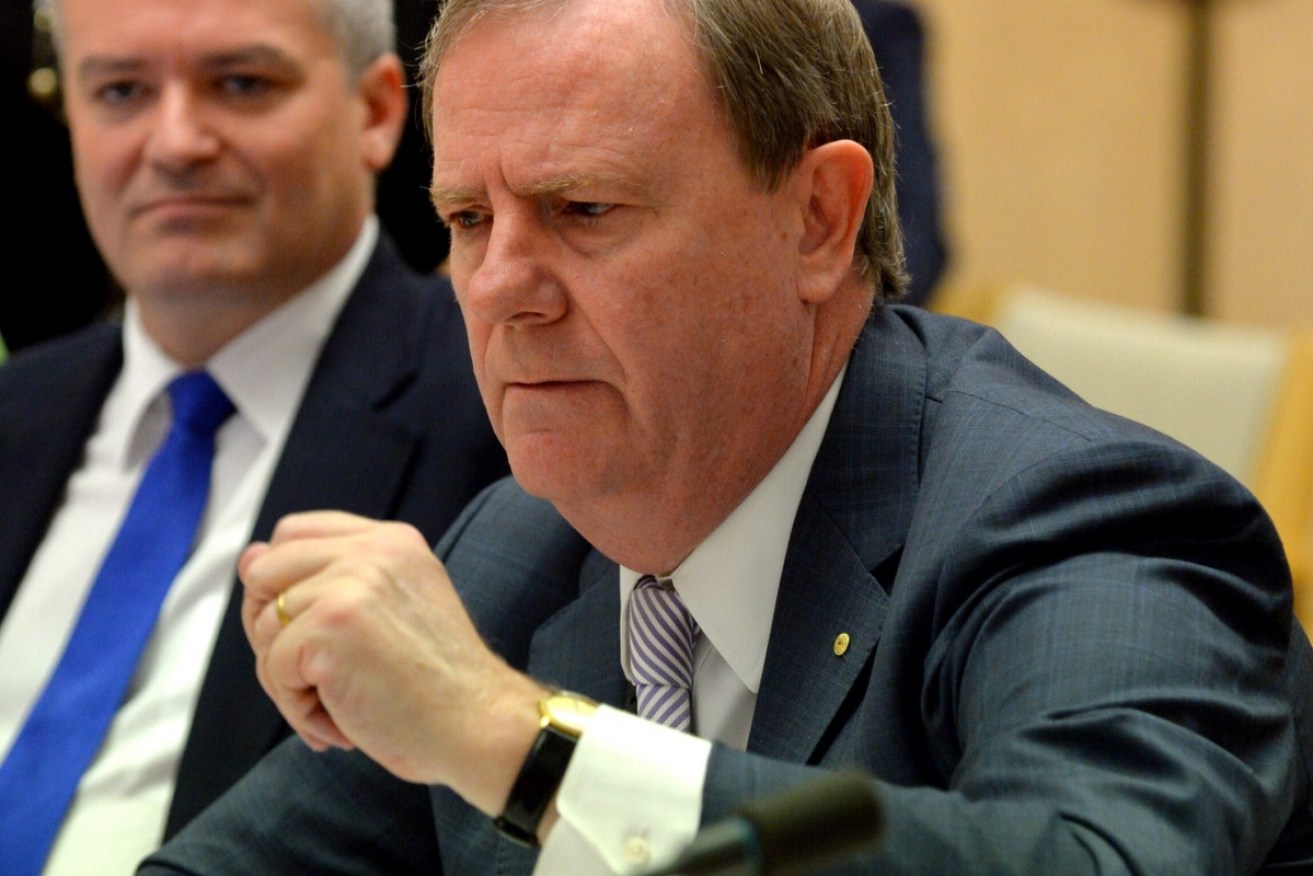Costello’s claims that Australian superannuation is inefficient don’t stack up


Peter Costello's claims on superannuation costs don't add up. Photo:AAP
Future Fund chairman Peter Costello threw the cat among the pigeons in recent days by saying the $500 billion default superannuation fund sector should be nationalised.
But international comparisons show Australia’s super system delivers value for money.
The default sector manages funds for the 66 per cent of workers who don’t make an active choice about where their super should go. Mr Costello said handing that pot of money over to a national investor would deliver “huge economies of scale”.
There was a strong element of self-interest in Mr Costello’s comments because he chairs the $133 billion Future Fund which manages the future super liabilities of the Commonwealth from now-extinct defined benefit retirement schemes.
But they are based on a belief that Australians don’t get value for money from their super system – a belief that doesn’t withstand scrutiny. Firstly, the actual costs we pay on our superannuation are in decline.
That table shows that the costs charged by super funds in all categories are dropping, with the fastest decline being in the for-profit retail sector. However, those funds, which pay dividends to shareholders, remain significantly more expensive than the not-for-profit sector run entirely to benefit members.
Then there’s the issue of returns. If Mr Costello is right and a single, public sector fund manager is much more efficient than having a number of competing funds, it should show up in the returns tables of the Future Fund. This is how they look.
The Future Fund in most years has outperformed industry funds, retail funds and the average of all funds in growth mode. But not always and not by that much. In the June year, those three categories outperformed the Future Fund and in some other years the differences have been less than one percentage point.
There are a number of reasons why the Future Fund would outperform, says Alex Dunnin, research chief for Rainmaker. One is tax.
“The Future Fund doesn’t pay any tax and super funds pay 15 per cent tax on returns,” he said.
“That should give them a half to one per cent advantage on returns alone.”
Administration costs are also significantly lower.
“The Future Fund has no members so it has no compliance costs, no apps, no reporting costs, no advisers; none of the costs associated with servicing members.”
Independent economist Saul Eslake said other factors also drive the Future Fund performance.
“It’s only got one owner so it doesn’t have to do the marketing that other funds do,” he said.
“Also because it’s just accumulating funds for future liabilities and not paying out to retiring members it can take more risk and not have to keep as large a proportion of assets in (low returning) cash as other funds.”
To establish the efficiency of Australia’s super system you also need to make international comparisons. Industry umbrella group, the Association of Superannuation Funds of Australia (ASFA), has done work on that.
Mr Costello used Canada’s single provider pension fund as an examplar of efficiency. However, ASFA’s research found that while Canada reports pension costs of 0.34 per cent, these are not the complete picture.
“Even if this figure is correct for the funds it covers, it does not represent the whole industry,” he said.
“According to Canadian pension expert Keith Ambachtsheer, the cost of participating in a Group Registered Retirement Saving Plan in Canada can easily exceed one per cent of assets per annum, while individuals investing their RRSP assets through retail mutual funds often pay two per cent per annum or more.”
That makes fees in Australian industry and even retail funds look attractive.
*The New Daily is owned by industry super funds








